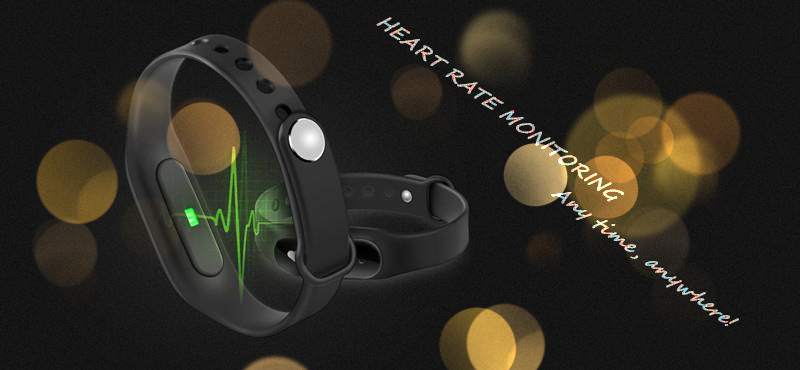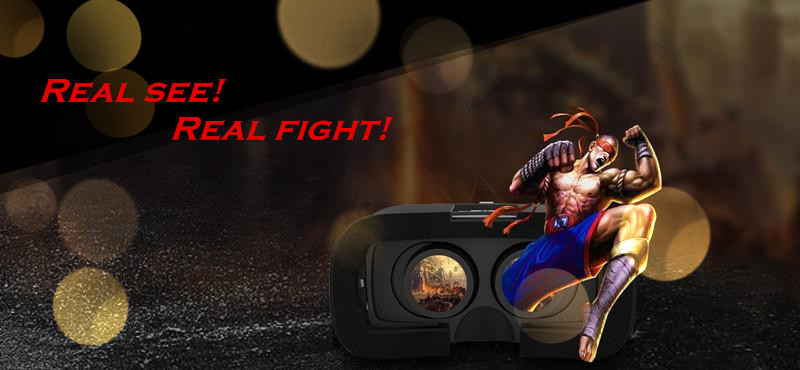
Smart watches can run
apps and play back all sorts of digital media, like audio tracks or radio
streamed to Bluetooth headphones. Many of these watches have touchscreens,
which allow you to access functions like acalculator, thermometer, compass and more.
Most of the current
iterations of smart watches aren't wholly standalone devices, simply because
they lack an Internet connection. So many of the watches are designed to link
directly with other devices that do have Internet connectivity, namely your smartphone.
Just as with your
smartphone, Internet access enables a smart watch with whole world of potential
capabilities, like message notifications, GPS navigation and calendar
synchronization. And of course, a Bluetooth connection to your phone means the
watch can help you place calls or send and receive messages.
Some smart watches are
made specifically for athletics purposes, letting you track your lap times,
distance and route. They may work in tandem with accessories such as a heart
rate monitor or cadence sensor. There are specialty smart watches built
especially for sailing enthusiasts, helping them track variables such as speed,
wind direction and wind speed.
To many people, these
newfangled watches might look like a brand new technology. The truth, however,
is that smart watches have been lurking on the fringes of gadgetry for a long
time. The very first may have been Microsoft's UC-2000, a digital watch
released in 1984 that could be programmed in BASIC via its keypad. In 2002, Microsoft introduced a technology called Smart
Personal Object Technology, or SPOT, designed to add new purpose to
everyday objects by integrating so-called smart software. Watches built around
SPOT were discontinued in in 2008, but the idea of the smart watch lived on.
Many people think that
it's finally time to usher the digital wizardry of smart watches into the
mainstream. Keep reading and you'll find out why.
The SW2 is designed to
pair with a number of Sony smartphones through Bluetooth. Once paired, you'll
be able to use the watch to reject or mute phone calls, receive a call (if you
have a compatible headset), control music playback, and check Facebook, Twitter
and text messages. Because SmartWatch 2 is an Android device, you can download
many apps from the Google Play store and run them on your watch. Sony indicates
that there are around 200 apps specifically designed for SmartWatch. As of late
2013, it retailed for about $200.
A startup company called Pebble makes one of the best-selling smart
watches as of late 2013. The $150 Pebble watch actually backs away from
attempting to duplicate your smartphone's functions. Instead, it does a few
things very well, and in a package that's more stylish than most other models.
For example, you can choose from hundreds of watch faces to change the look of
the watch with just a press. Pebble is 2 inches (5 centimeters) long, 1.4
inches (3.6 centimeters) wide and 0.4 inches (10.2 millimeters) thick.
It features an ARM Cortex-M3 processor and
a 3D accelerometer,
which is helpful when using the watch in tandem with an athletics-minded app
like RunKeeper on your phone. It's also waterproof and boasts weeklong battery
life. Instead of using a power-sucking touchscreen LCD display, it has a
monochrome e-paper screen like the ones you see on digital book readers. That
means you'll have to navigate menus using side-mounted buttons.
Pebble works with both Android and iPhone
operating systems. Once paired to your smartphone through Bluetooth 4.0, the
Pebble displays message text and allows you to control music playback. The
maker promises that many more features are forthcoming.
Samsung's $300 Galaxy
Gear is loaded with features,
including 4GB memory, voice command input, a 1.9 megapixel camera (for both
video and stills), voice memo, pedometer and speaker. It has a 1.6-inch
(4.1-centimeter) display, and is nearly half and inch (about 1.3 centimeters)
thick. It's designed to work seamlessly with apps such as Runtastic and
RunKeeper. Samsung also includes a version of Evernote that's been tweaked to
work best with their watch, so that you can easily pair photos and voice notes
in a rush.
Goophone, a company perhaps best known for selling counterfeit iPhones, is taking the smart watches seriously. The Goophone Smart Watch is a wholly independent device; that is, it actually has built-in antennas so that you can use it to make calls sans your smartphone. A 2G version costs $250, while the higher-speed 3G variant is $300. It's equipped with a 1.5-inch (3.8-centimeter) screen, a 1.2GHz processor, 512MB of RAM and a 2-megapixel camera. It is truly a smartphone crammed into a wrist-mounted body. It runs on an older version of the Android operating system, which means that it won't work with many newer apps.

